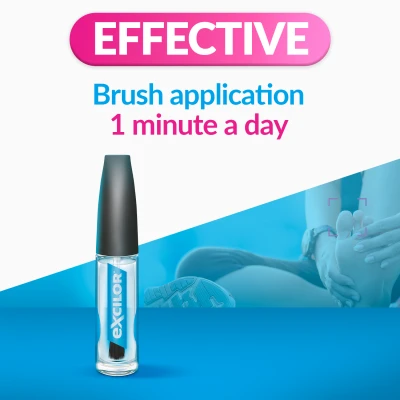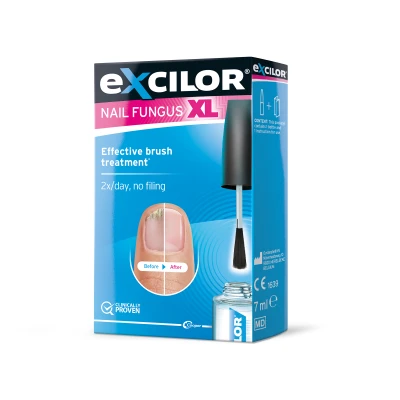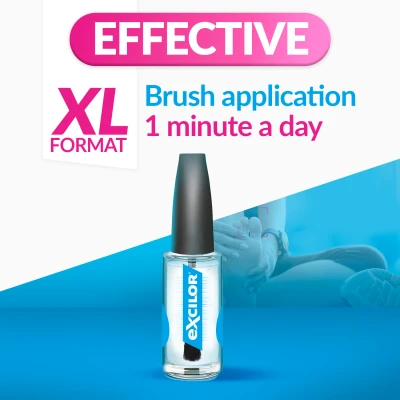What is pedicure care?1, 2
Pedicure care involves a session with a pedicurist/podiatrist who performs procedures to treat conditions that affect the skin and toenails on your feet. This includes the treatment of corns, warts, fungal infections, ingrown nails, calluses or cracked skin on your heels or feet. It can also be used to prevent skin and toenail disorders. Pedicure care is also an opportunity for pedicurists/podiatrists to advise patients about foot health and hygiene.
Pedicure care is not a cosmetic beauty treatment for feet1, 3
Pedicure care should not be confused with beauty treatment for your feet. Making your feet look good is a purely cosmetic service delivered by a beautician. Pedicure care is a procedure performed by a paramedical professional (a pedicurist/podiatrist) to treat problems and disorders that affect feet. Certainly, pedicure care can improve the appearance of your feet but that’s not its primary purpose as the care focuses more on reducing pain, as well as treating and preventing the consequences of some conditions.
What happens during pedicure care?1, 3, 4, 5
Pedicure care is performed under strict hygienic conditions by a pedicurist/podiatrist. Instruments used during treatment are always sterilised beforehand. They are soaked in an ultrasound tank and then placed in individual vacuum bags to be sterilised at 134°C before each use. This prevents the spread of contagious diseases.
Pedicure care involves several stages.
Sanitising the skin on your feet
The pedicurist/podiatrist begins by putting on gloves before applying a protective drape and sanitising the skin on the feet of the patient (cleaning it with an antiseptic solution).
Cutting toenails and treating ingrown toenails
Your toenails are then cut, and any ingrown toenails treated, where necessary. Your toenails should be cut properly to reduce the risk of an ingrown toenail.
Filing your toenails
The next stage involves filing your toenails. This consists of pushing down the cuticles, filing down any thickened or misshapen nails and smoothing down their edges, to prevent them from snagging.
Removing keratotic debris from the nail grooves
The pedicurist/podiatrist then removes any excess skin from the nail grooves.
Treating conditions that can cause pain and/or discomfort when walking
The pedicurist/podiatrist will treat, if necessary, any corns, calluses, warts and fungal infections (affecting the nails or skin). These conditions can cause pain and discomfort when walking.
Removing plantar hyperkeratosis Plantar hyperkeratosis is the abnormal thickening of the corneal layer of the epidermis (the top layer of the skin). It is more commonly described as patches of hard, thick skin on the soles of the feet. The pedicurist/podiatrist will remove the plantar hyperkeratosis using a blade. Hyperkeratosis is mainly found on the weight-bearing areas of the foot (e.g. heels and forefoot at the metatarsals).
Applying moisturiser
At the end of the pedicure treatment, the pedicurist/podiatrist will apply cream to the feet to moisturise them.







